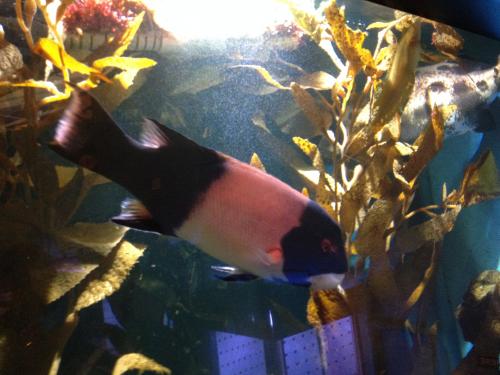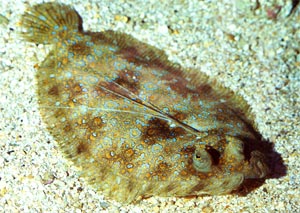Meeting Up with Fellow PolarTREC Teachers
So far, one of the best things about PolarTREC has been meeting some amazing teachers. Each of us will be going our separate ways on our individual expeditions, but we will continue sharing and communicating with each other in order to partake in the science and become better teachers. I would like to introduce two of my friends/fellow teachers and hope that you might be interested in following their expeditions as well.
Sian Proctor
Sian is a geology professor at South Mountain Community College in Phoenix, Arizona. She surprised me at dinner one night when she mentioned that she lived for four months in a dome on the northern slope of Mauna Loa as part of a NASA project simulating a long duration Mars mission. OK, that's not something most teachers do. Sian will travel to Barrow, Alaska to study historical ecology at about the same time that I am in Svalbard. You can follow her expedition here: Historical Ecology of Risk Management
Dominique Richardson
Dominique is a science educator at the Cabrillo Marine Aquarium. A year from now, Dominique will join the crew of the Research Vessel Nathaniel B. Palmer to study the vulnerability of the East Antarctic ice sheet. Dominique has done all kinds of cool things studying ecology and animal behavior including research in Africa and underwater observations of whales. You can follow her expedition here: Antarctic Ice Stream Dynamics
The Cabrillo Marine Aquarium
.be We met on a very rainy day at the Cabrillo Marine Aquarium in San Pedro, California. I drove up from San Diego, Sian was in Los Angeles for a conference and Dominique was our host.
Cool Things I Learned That I Didn't Know Before
I learned some really cool things. In fact, I was asking myself, "How did I get this far through life without knowing this before?" Some of you might think, "Hey ya, didn't you study oceanography in college?" So first a disclaimer. Oceanography is not marine biology. In college, I learned nothing about fish. Instead, I was slogging through problems like, "Derive an equation that describes a wave that forms at the boundary between two water masses of different temperatures" and wondering why I would ever need this skill. (I have not used it to this day.) So you never know when life will throw you for a a loop and you will say, "Wow! I never knew that!"
Cool Thing #1
So I never knew that sharks hatch from weird looking rectangular shaped egg sacks that kind of look like leaves but are actually hard and rubbery, Quite frankly, I've never given any thought to how sharks are born. Apparently sharks are born in a variety of ways; some are live born while others hatch from eggs. At the aquarium they had swellshark egg sacks and babies. These sharks spend 13 months inside their egg sacks! The egg sacks are attached to reefs and are camouflaged among the kelp. In the video you can see one of the babies inside the egg. You can see the embyro attached to the yolk; it looks like it is fighting to get out of there! As adults, swellsharks can grow up to three feet long.
Cool Thing #2
In the video you might have noticed this fish:
 A Sheephead Wrasse at the Cabrillo Marine Aquarium
A Sheephead Wrasse at the Cabrillo Marine Aquarium
Pretty little fish; it is a Sheephead Wrasse. She (and it is a she) is sporting a nice feminine pink color. But not for long, because the Sheephead Wrasse is a sequential hermaphrodite. Oh yeah, she's going to change herself into a guy. Well, actually she might. The transformation is triggered by the removal of alpha males. So they make the change when necessary as cued by the social environment. By the way clownfish (think Nemo) are also sequential hermaphrodites, potentially making the movie a little weird.
Cool Thing #3
 Look at the weird eyes on that flounder! Photo courtesy of Maui Ocean Center.
Look at the weird eyes on that flounder! Photo courtesy of Maui Ocean Center.
OK, so there is a group of fish known as flatfish, the most well known perhaps is flounder. Flatfish camouflage themselves by lying on the bottom of the ocean floor. I just always assumed that these fish had body plans like rays with eyes on the top and mouths underneath. Well, maybe not assumed; again I have never given it much thought. But no- in the larval stage flatfish swim like a normal fish and have an eye on each side of their body. As they transition to the juvenile stage, one eye migrates to the other side of the body, actually passing through the brain. As an adult, when the flatfish lies flat on the bottom, it lies so both eyes are up, but the mouth is still stuck on one side. As a result, there are right sided and left sided flatfish depending on which side of the mouth the eyes migrate to. The frequency of left sided fish is much less and approximates the same frequency as left handed humans. Isn't that weird?
You never know when life will throw you for a loop and you will say, "Wow! I never knew that!"


Comments